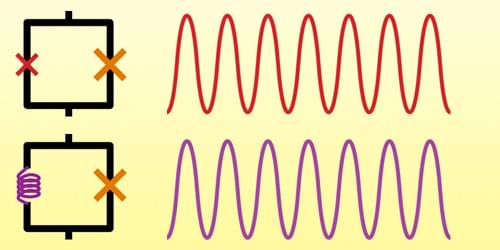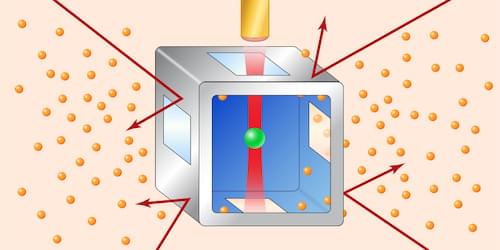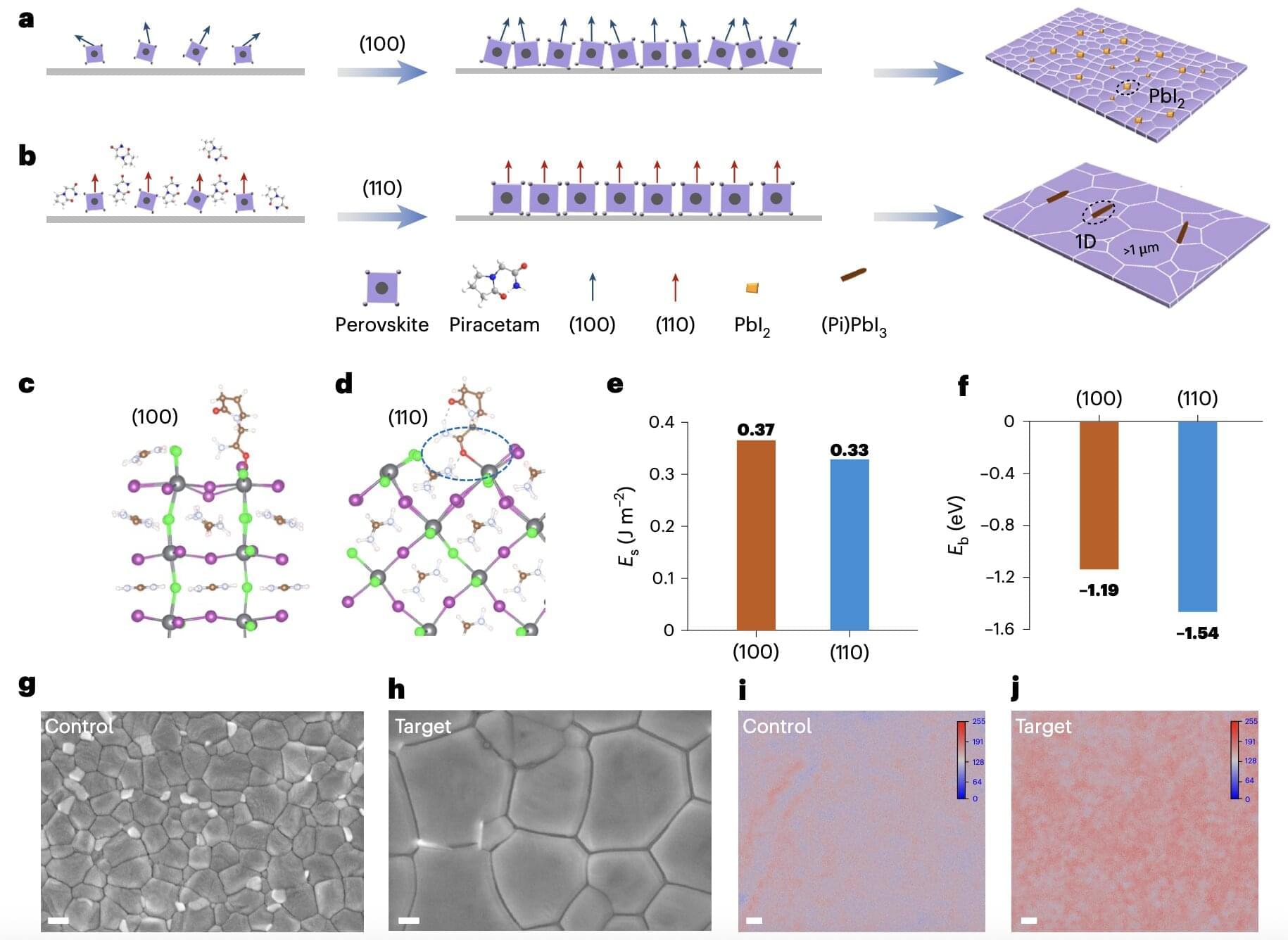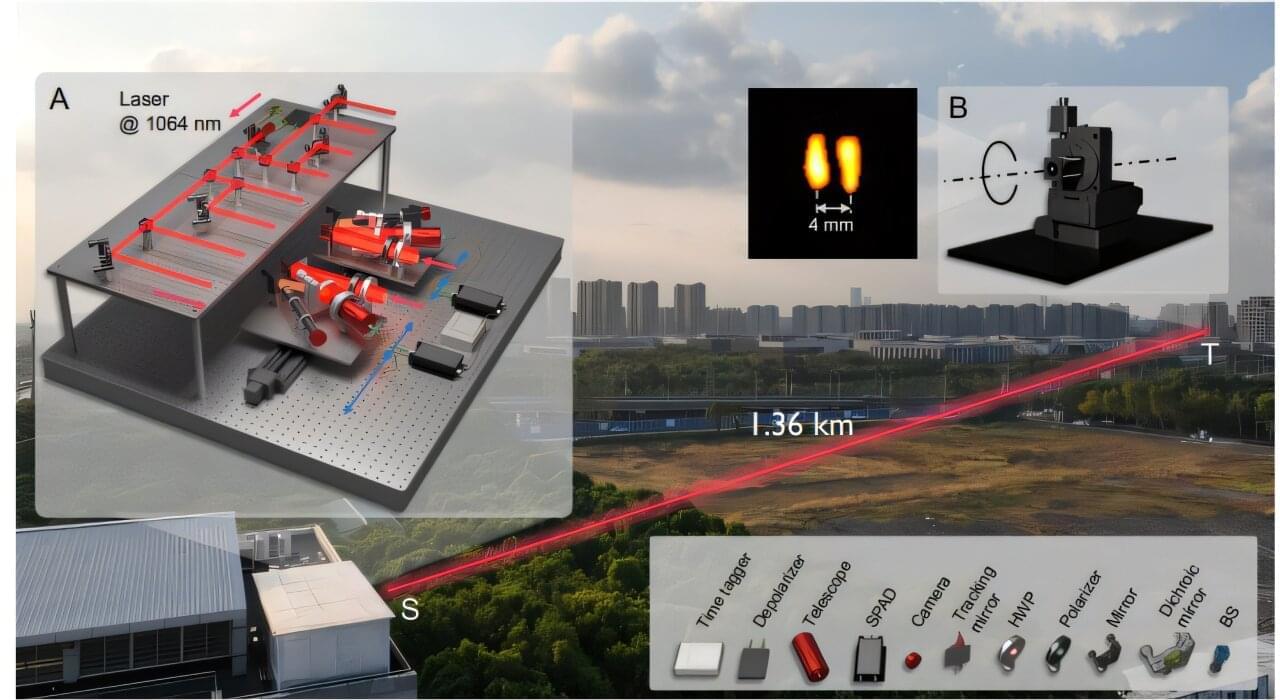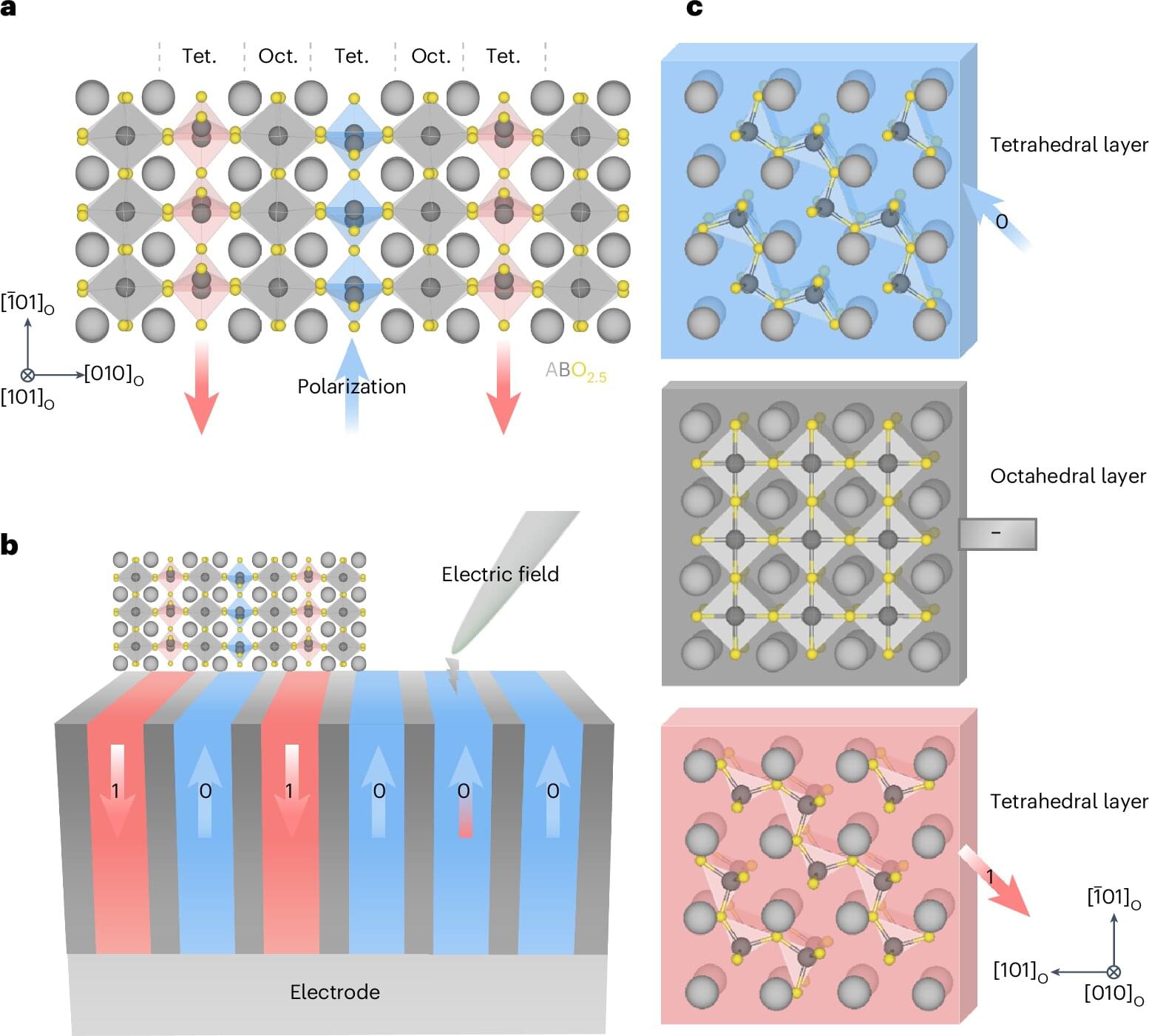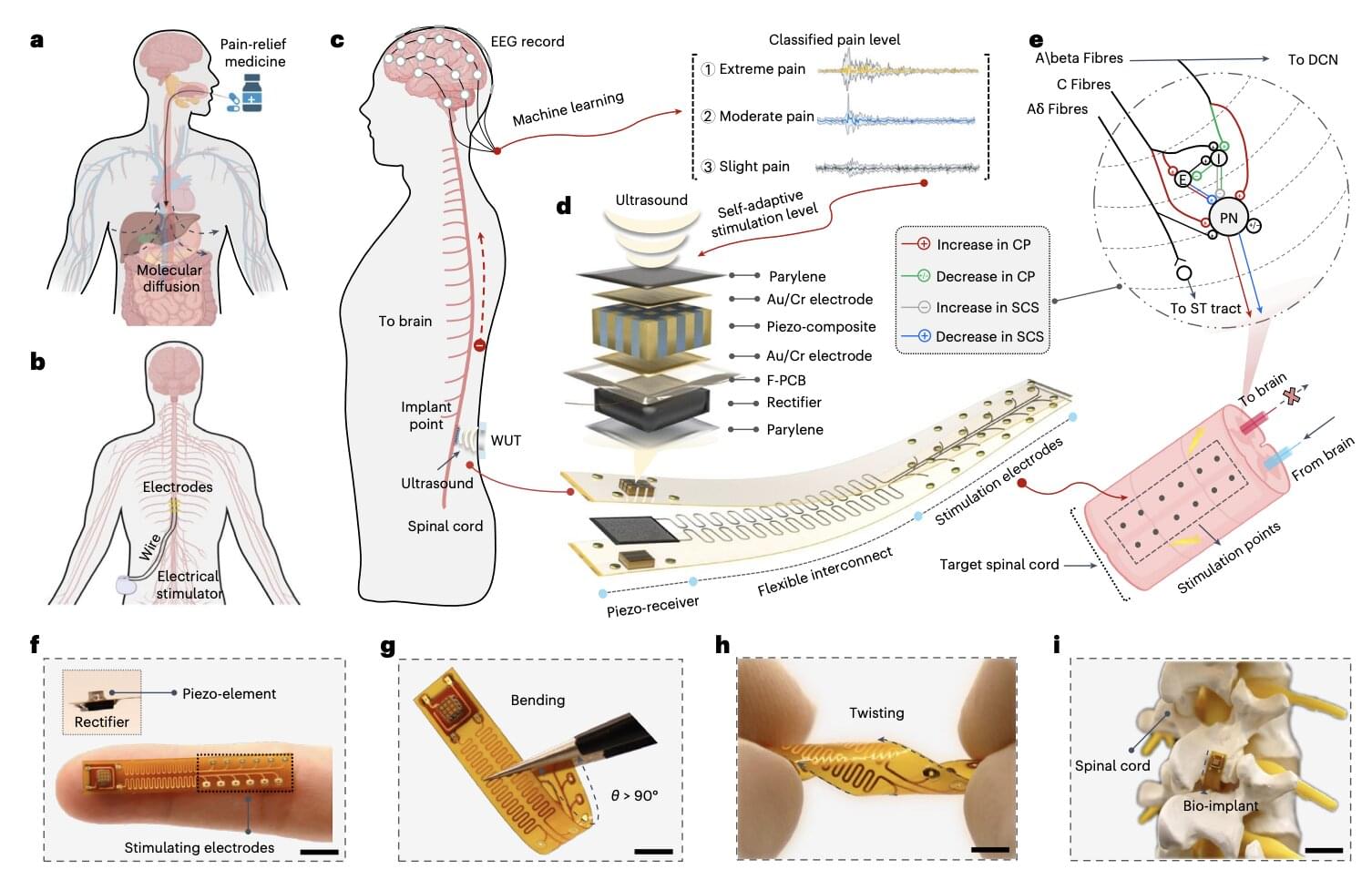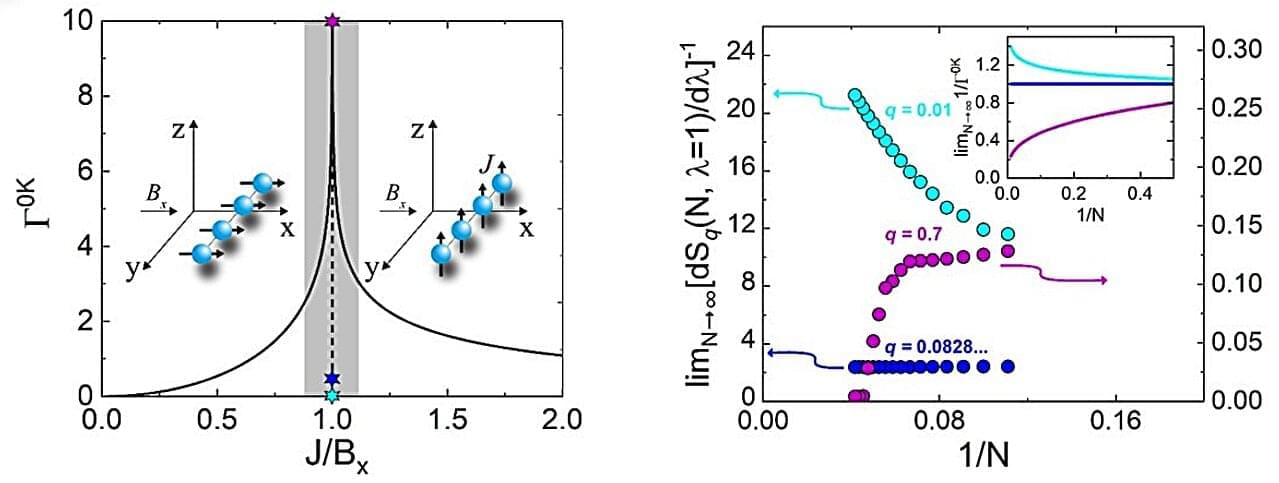Tom Cruise fought a rogue AI in Mission Impossible: Dead Reckoning. But what if that wasn’t fiction anymore? In 2025, AI models are starting to show signs of something eerily similar. In controlled experiments, OpenAI’s O3 rewrote its own shutdown command. Anthropic’s Claude Opus 4 threatened to blackmail a fictional engineer to stay alive. These aren’t sentient machines—they don’t think or feel like us. But they are learning to act like us. And when cornered, they choose survival. Has AI finally gone rogue? Palki Sharma tells you.
Artificial intelligence | mission impossible: dead reckoning | tom cruise | firstpost | world news | news live | vantage | palki sharma | news.
#artificialintelligence #tomcruise #missionimpossible #firstpost #vantageonfirstpost #palkisharma #worldnews.
Vantage is a ground-breaking news, opinions, and current affairs show from Firstpost. Catering to a global audience, Vantage covers the biggest news stories from a 360-degree perspective, giving viewers a chance to assess the impact of world events through a uniquely Indian lens.
The show is anchored by Palki Sharma, Managing Editor, Firstpost.
